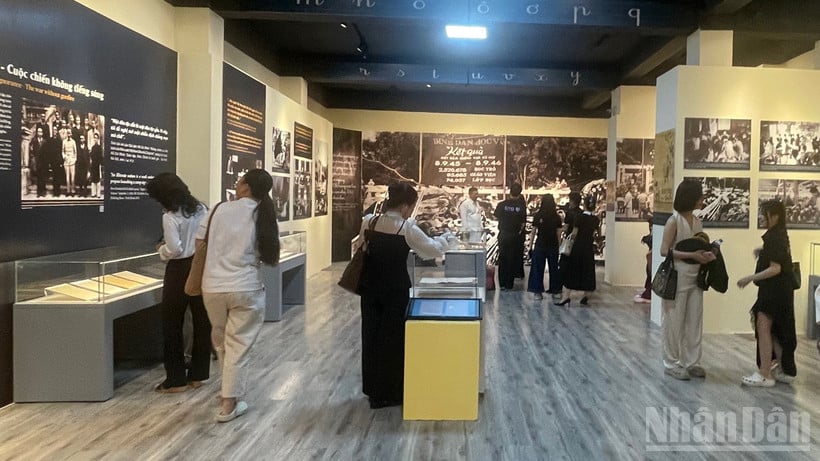
After the August Revolution in 1945, more than 90% of Vietnamese people were illiterate. Realizing that "an ignorant nation is a weak nation", President Ho Chi Minh signed a decree to establish the Popular Education Department and launched a movement to eradicate illiteracy.
Witnesses of the "Popular Education" period
Mr. Nguyen Phong Nien (89 years old, Cau Giay, Hanoi) is one of the four witnesses present at the exhibition "Popular Education - Lighting the Future" of the National History Museum. He is a former member of the Secretary of the National Committee for Combating Illiteracy, a teacher in the popular education movement in the years 1951-1953 in Yen Bai .
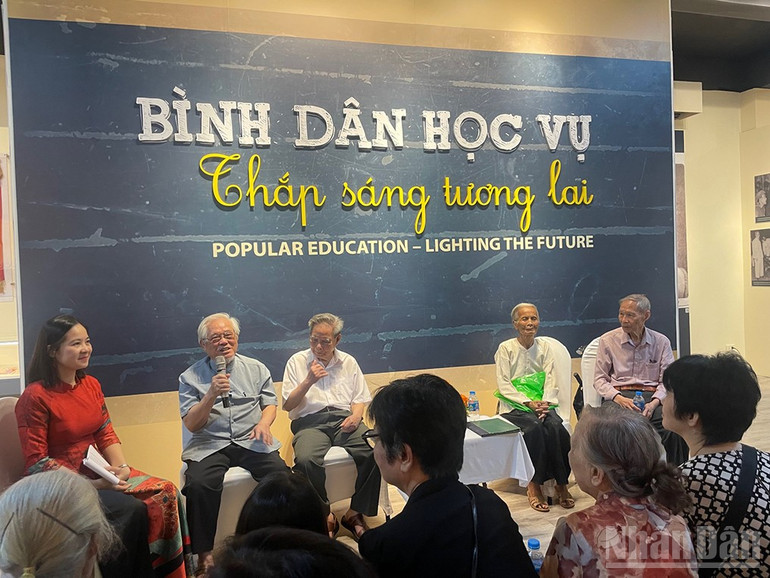
The memories of the time when I went to school with oil lamps are still fresh in his mind as if it were yesterday. “At that time, I was only 11 or 12 years old, studying in primary school, very eager for the revolutionary atmosphere. The revolutionary cadres told me that if I knew how to read and write, I would teach people. I was very eager.”
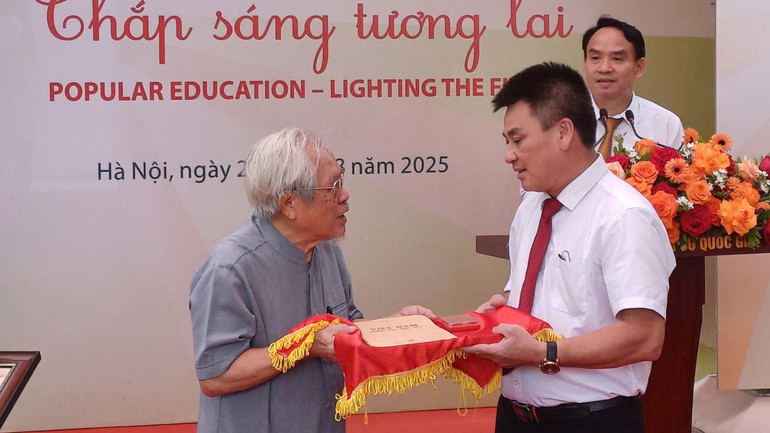
That year, Mr. Nien was trained for 7 days and then taught every night. His students were all middle-aged, rarely old or young, and they studied very hard. He was extremely proud of his first years as a teacher. It was those years of carrying out the mission of "Popular Education" that helped him nurture his dream of becoming a teacher, and he stuck with the teaching job for many years.
Ms. Do Thi Tra (Tran Thai Tong, Hanoi ) was one of the "popular education" students in the years after the country gained independence. "At that time, during the day we went to work in the fields, and at night we went to school by oil lamps. The class had two teachers, Mr. Duc and Mr. Cu. The class only had tables, no chairs, we cut bamboo to make chairs. Students practiced writing on banana leaves and areca spathes, and only when they were proficient could they write on paper."
Ms. Do Thi Tra also said that at that time, if they wrote wrongly, the teacher would hit their hand very painfully, and the students told each other to try not to do too poorly, because if they did poorly, the teacher would hit their hand so badly that they "couldn't go to work in the fields".
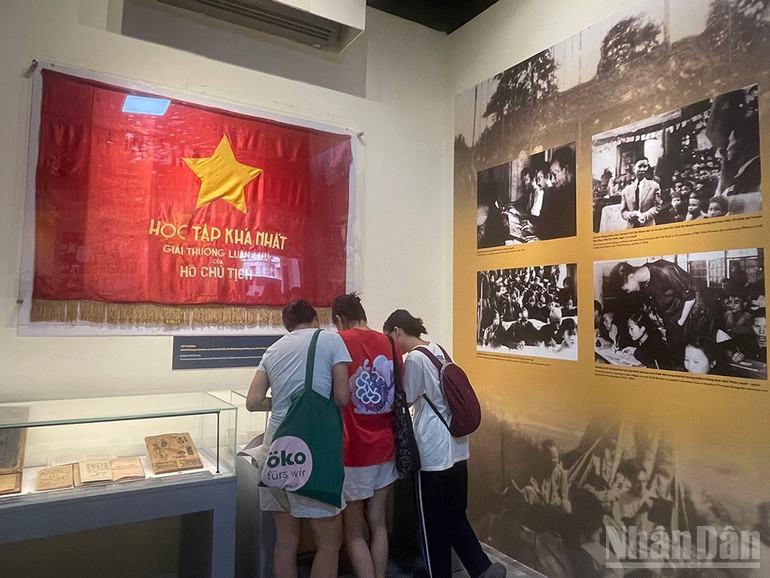
The two remaining witnesses at the talk show of the exhibition “Popular Education - Lighting Up the Future” were Mr. Vuong Manh Thai and Mr. Vuong Quoc Tuong, two sons of teacher Vuong Kiem Toan, former General Director of the Popular Education Department, who was awarded an honorary certificate by UNESCO in 1983.
Mr. Vuong Manh Thai and Mr. Vuong Quoc Tuong brought stories about their childhood, when the father was both busy with work and educating his children to pursue knowledge, so that later all 6 children in the family became successful, and 3 of them followed their father's career as an educator.
Mr. Vuong Manh Thai said: “I am the eldest son in the family, we have kept the documents, materials, and artifacts related to my father very carefully. Many people have expressed their desire to buy these artifacts and documents, but I only show them and do not sell them.”
The documents and artifacts that Mr. Vuong Manh Thai mentioned were respectfully donated by his family to the National History Museum, to help remind us of the years when the entire nation rose up not only to escape poverty but also to escape backwardness...
The mark of a time of "eradicating ignorance"
The presence and sharing of living witnesses of the time helped visitors understand more about the value and meaning of the artifacts introduced at the exhibition "Education for the masses - Lighting up the future".
The exhibition includes 160 artifacts, divided into 3 parts, according to 3 stages of the war to "eliminate illiteracy".
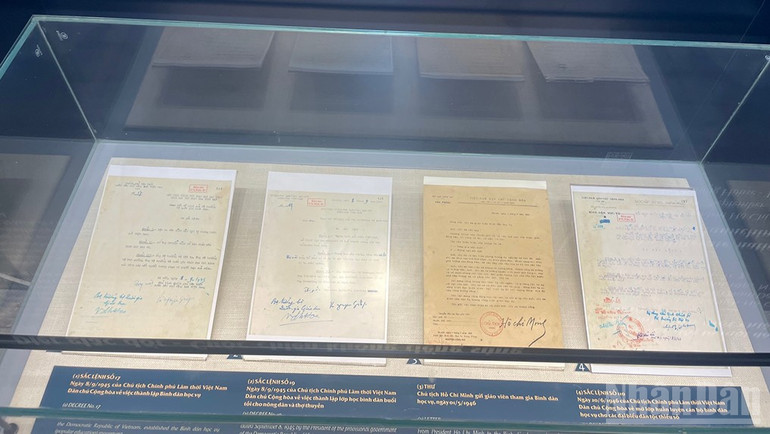
Part 1, with the theme “Eliminating illiteracy – a war without gunfire”, displays images of President Ho Chi Minh reading the Declaration of Independence at Ba Dinh Square, Hanoi, announcing the establishment of the Democratic Republic of Vietnam, on September 2, 1945; President Ho Chi Minh and members of the Provisional Government Council of the Democratic Republic of Vietnam introduced after the first meeting, on September 3, 1945. This content also introduces decrees No. 17, No. 19, No. 110 and President Ho Chi Minh's letter to teachers participating in the 1946 Popular Education Campaign.
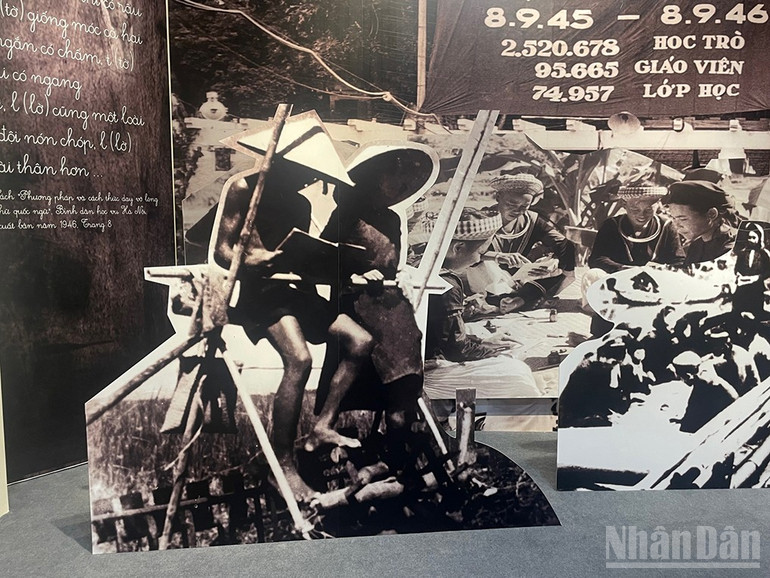
Along with these calls were images of the learning spirit of the entire population at that time, studying in the classroom, in the yard, even studying on the furrows, and proud statistics of the results of the fight against illiteracy.
Part 2, with the theme “The light of knowledge spreads”, introduces the “Popular education” movement launched by President Ho Chi Minh, a symbol of determination, will, and solidarity to help people overcome illiteracy and access knowledge. The movement was supported by the entire population and took place throughout the country, sparking a movement to learn the national language that has developed more and more widely from north to south, from urban to rural and mountainous areas.
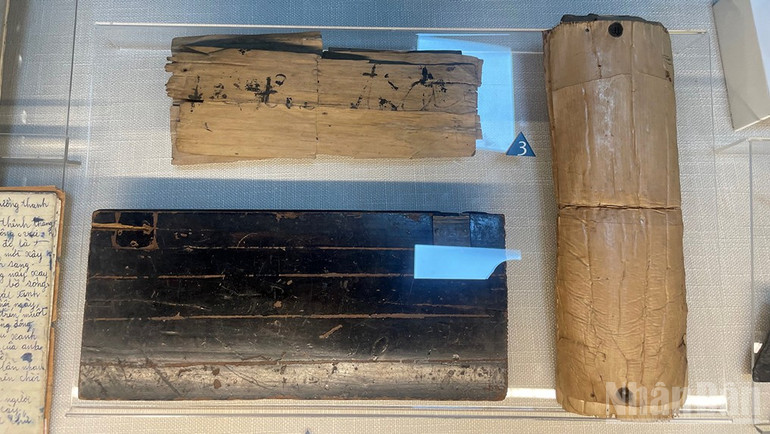
Not only the pioneers in the movement to eradicate illiteracy, but also homemade tools, books, notebooks, propaganda posters, from paintings to embroidery, are introduced in this content.
Part 3, with the theme “From popular education to lifelong learning”, introduces most of the valuable documents and artifacts that are being introduced to the public for the first time, such as: Notebooks recording the impressions of leaders and intellectuals on the work of popular education; Popular education badges drawn and printed by revolutionary soldiers imprisoned in Con Dao to promote popular education in prison, 1951.
Stories of “lifelong learning”, “building a learning society”, as well as “popular digital literacy” are also mentioned in this exhibition, reminding us that no matter how advanced and modern society is, the spirit of “popular literacy” for new knowledge is still indispensable.
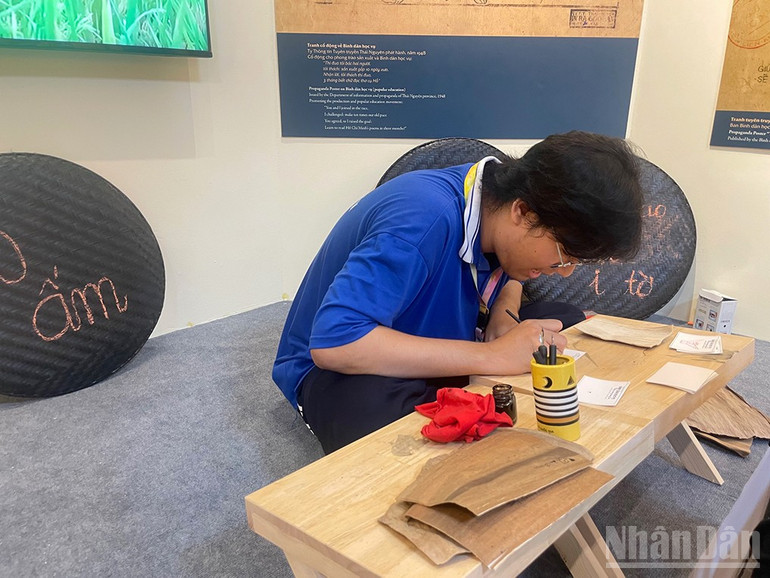
In this content, the National History Museum also introduces a group of artifacts donated by witness families along with creative products of Lab EDABK students of the School of Electricity and Electronics, Hanoi University of Science and Technology... At the same time, a small experience corner is also placed here, so that visitors can write by themselves with paper and pens from the "Popular Education" period...
Not simply an exhibition that evokes old memories, “Education for the People - Lighting up the Future” is also a tribute to previous generations who opened up and lit up the spirit of learning so that this spirit can be continued through many future generations.
The National Museum of History also held a ceremony to receive documents, images, and artifacts about the Popular Education Movement donated by Mr. Nguyen Phong Nien's family; Mr. Vuong Manh Thai's family, and Ms. Nguyen Thi Dam's family, and the EDABK-Brain Chip donated by Associate Professor, Dr. Nguyen Duc Minh, Vice Principal of the School of Electrical and Electronics, Hanoi University of Science and Technology.
The museum also launched the Augmented Reality (AR) experience technology application based on the Visual Positioning System (VPS) at the permanent exhibition system and the thematic exhibition room "Education for the masses - Lighting up the future" implemented by the National Museum of History in collaboration with Viettel High Tech Corporation.
Source: https://nhandan.vn/phong-trao-binh-dan-hoc-vu-trong-ky-uc-cua-nhung-nhan-chung-song-post902983.html



![[Photo] Prime Minister Pham Minh Chinh chairs the meeting of the Government Party Committee Standing Committee](https://vphoto.vietnam.vn/thumb/1200x675/vietnam/resource/IMAGE/2025/8/23/8e94aa3d26424d1ab1528c3e4bbacc45)

![[Photo] General Secretary To Lam attends the 80th Anniversary of the Cultural Sector's Traditional Day](https://vphoto.vietnam.vn/thumb/1200x675/vietnam/resource/IMAGE/2025/8/23/7a88e6b58502490aa153adf8f0eec2b2)
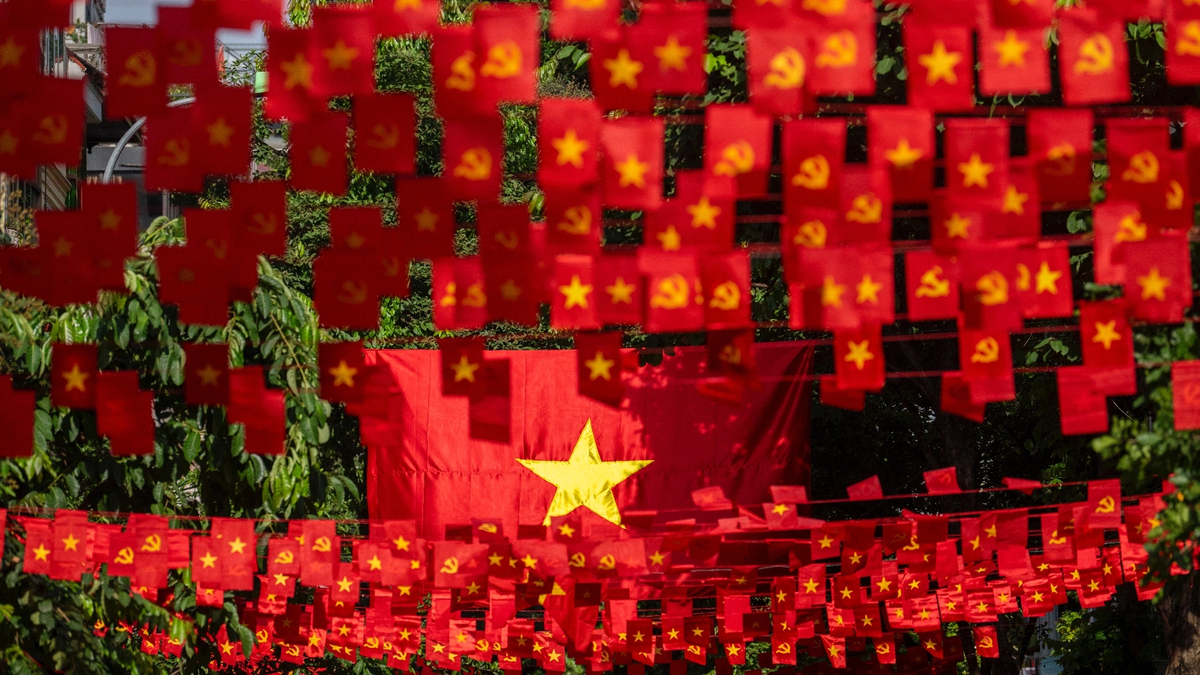
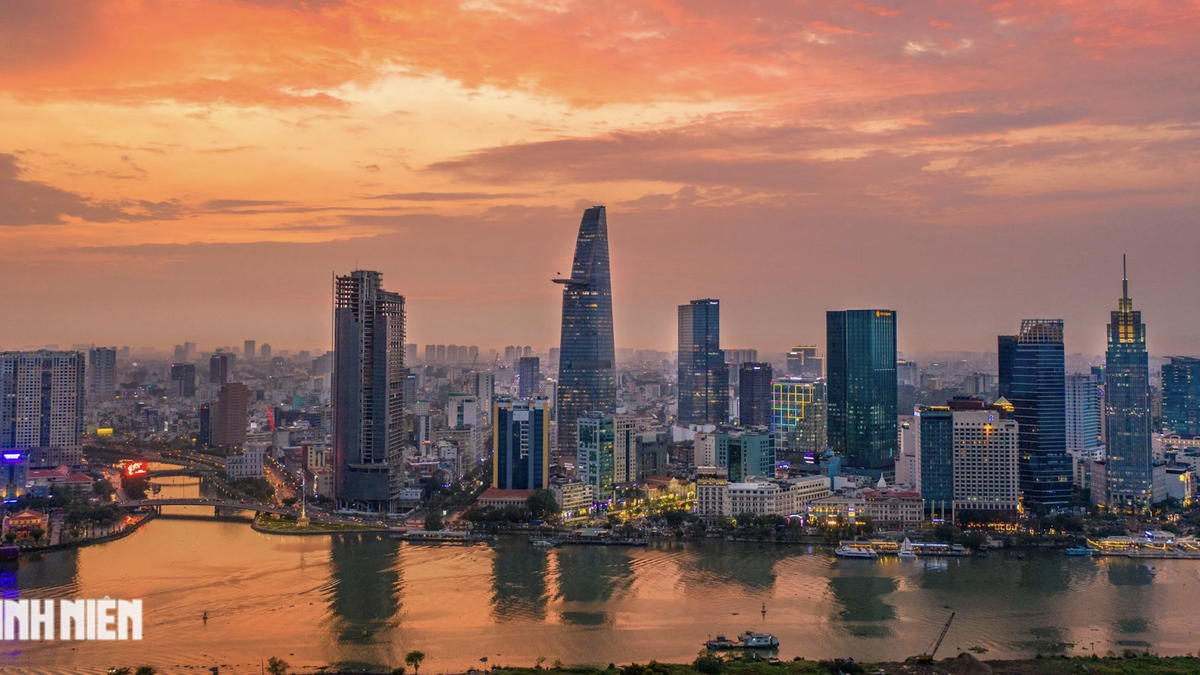
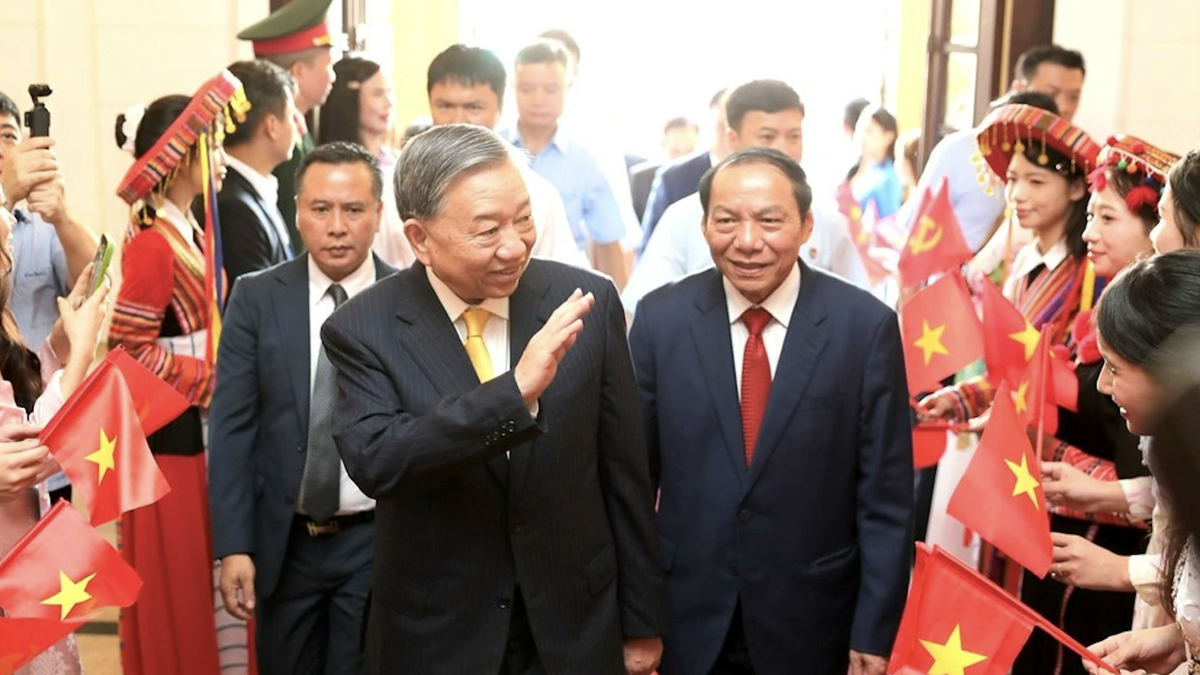
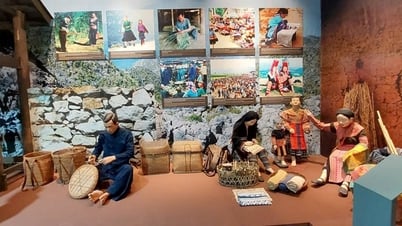

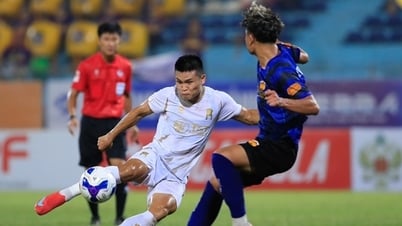

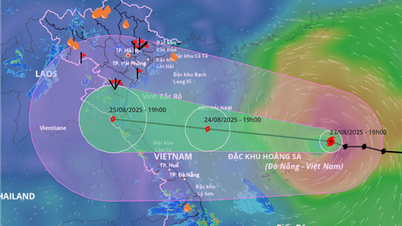
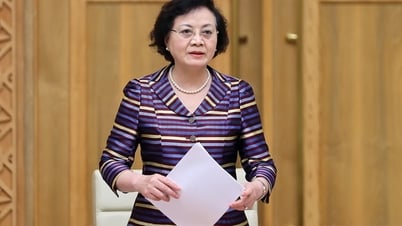

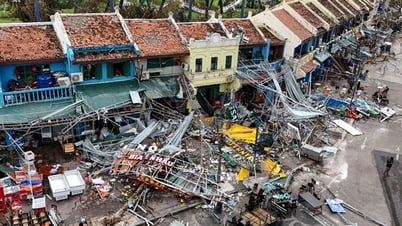





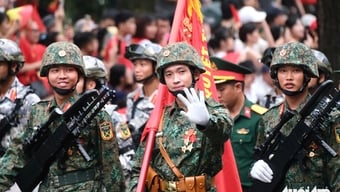
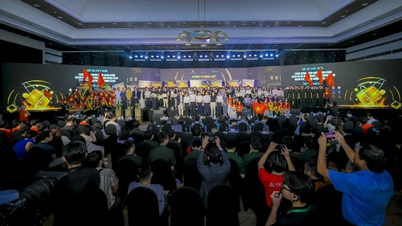
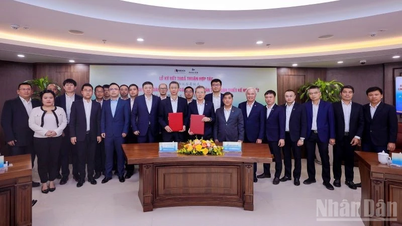
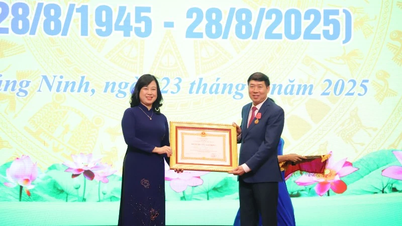
![[Photo] Prime Minister Pham Minh Chinh chairs the meeting of the Government Party Committee Standing Committee](https://vphoto.vietnam.vn/thumb/402x226/vietnam/resource/IMAGE/2025/8/23/8e94aa3d26424d1ab1528c3e4bbacc45)
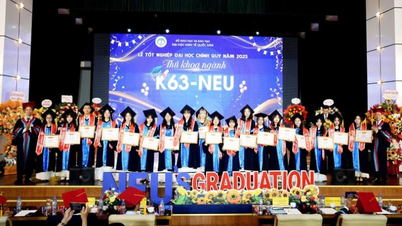
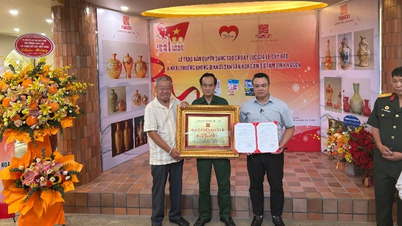
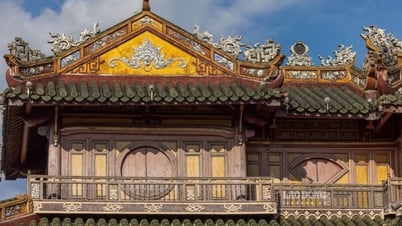

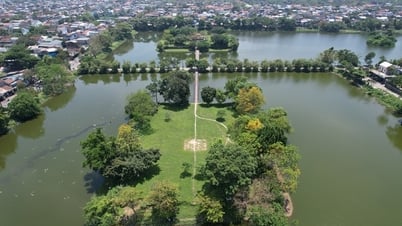

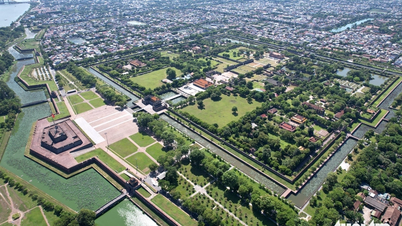


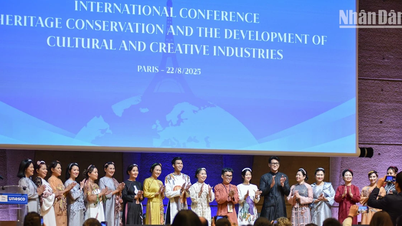


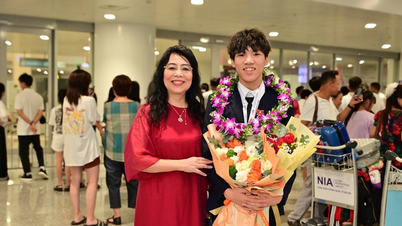

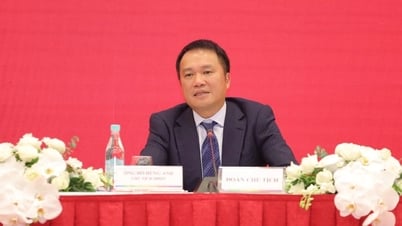




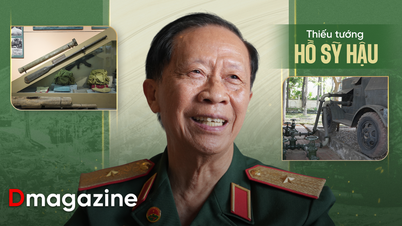










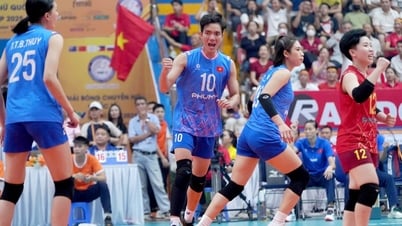
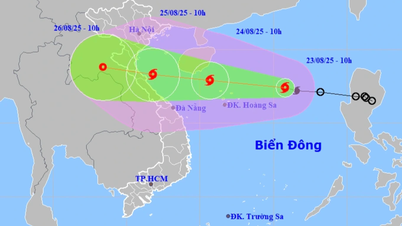
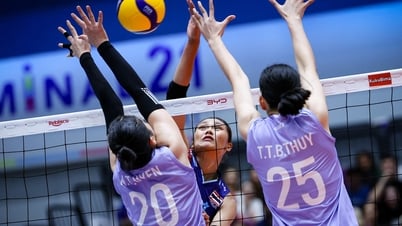



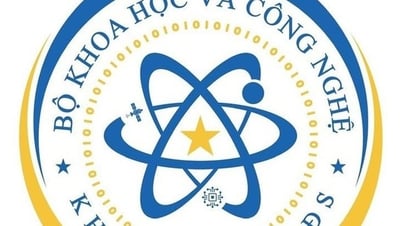


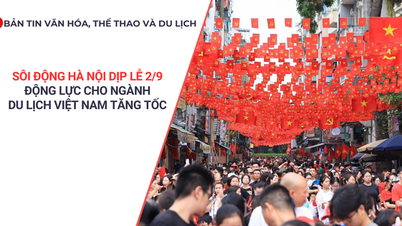

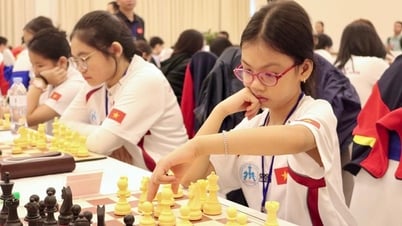
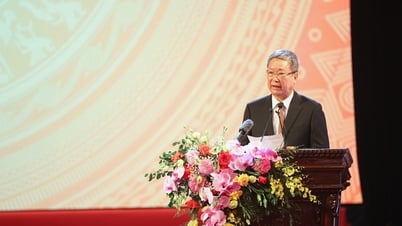


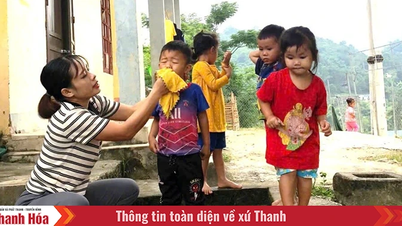

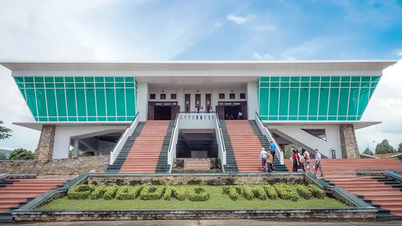



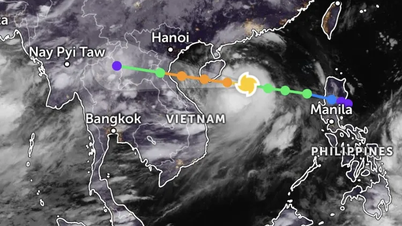
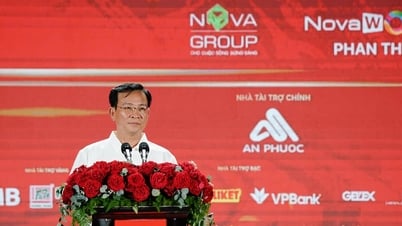






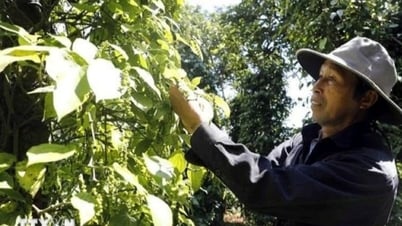
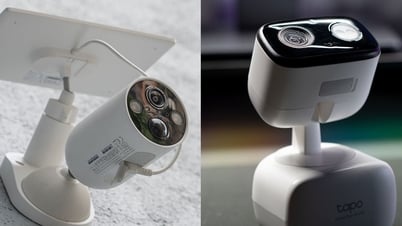
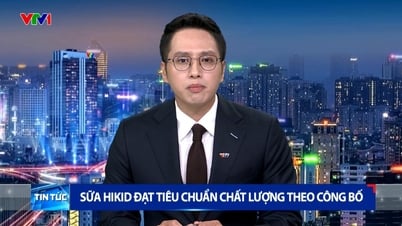
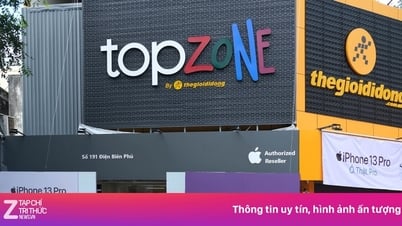



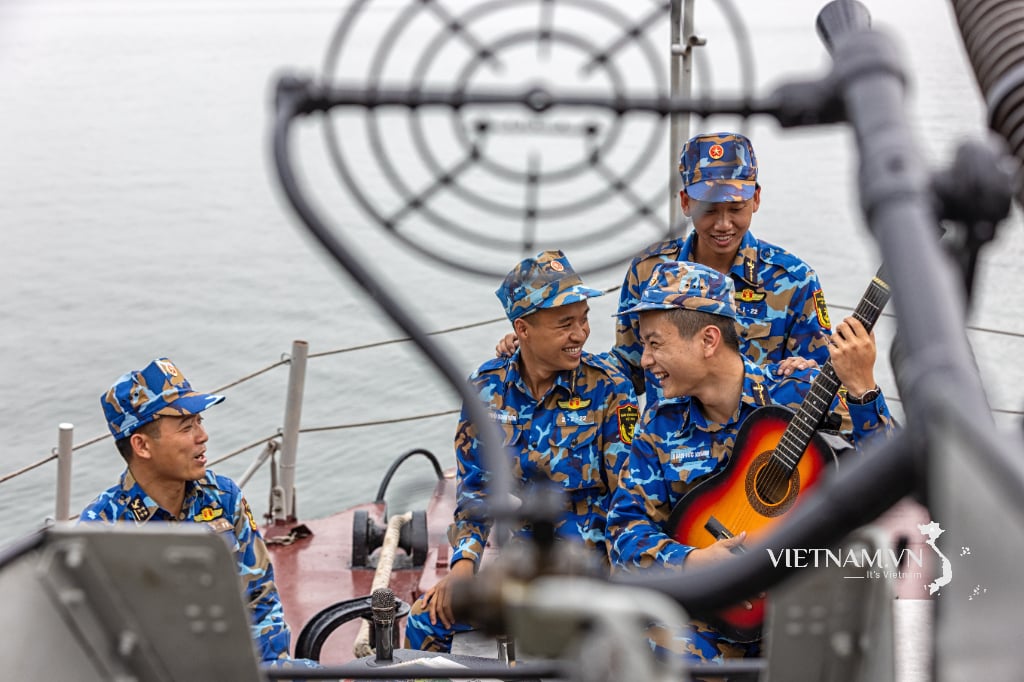

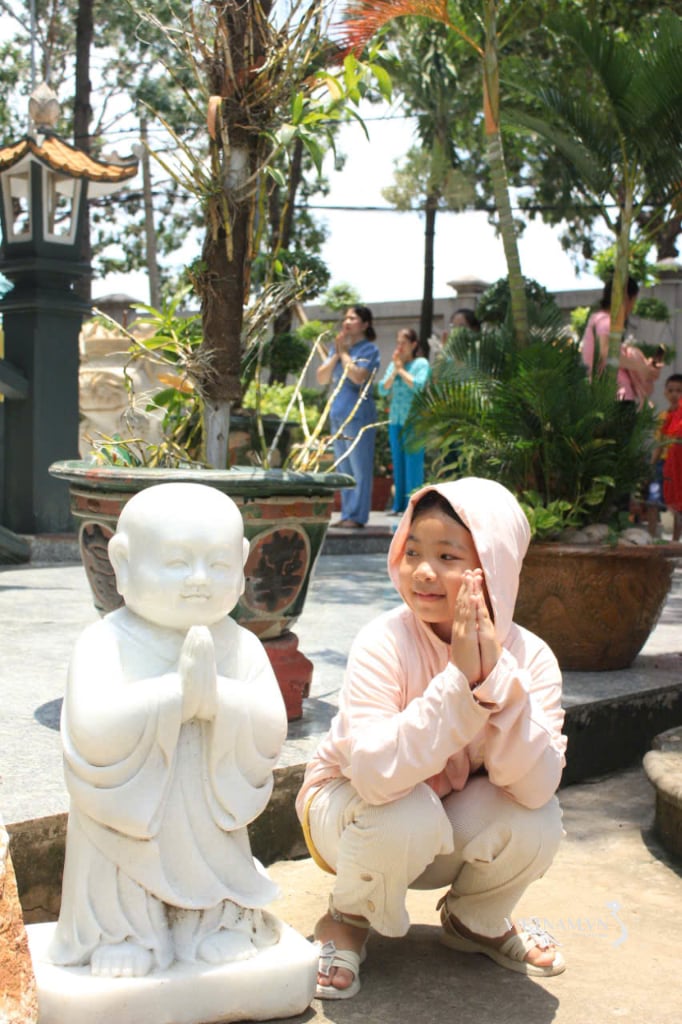
Comment (0)